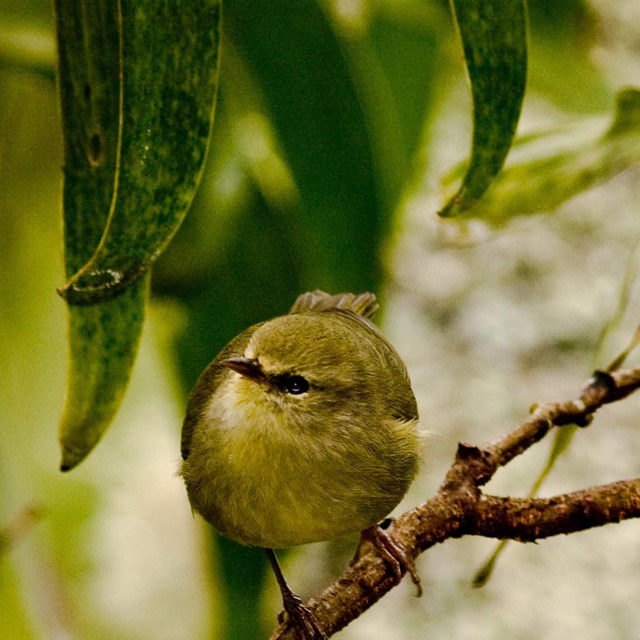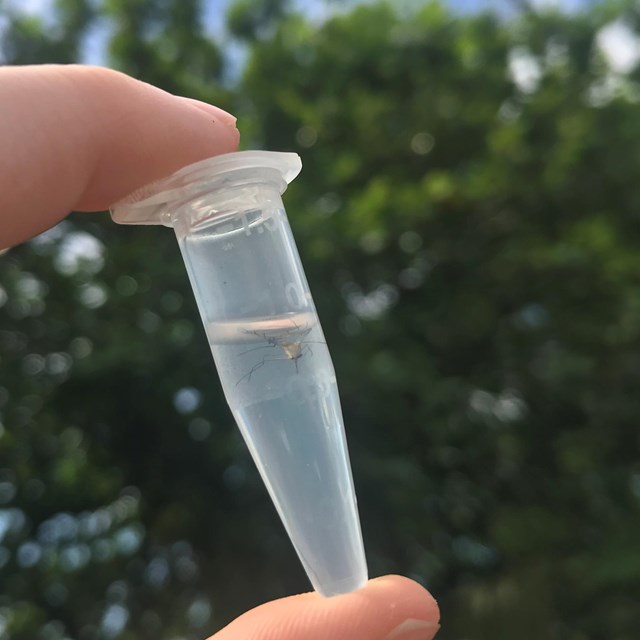Haleakalā National Park is home to all six of Maui’s remaining native forest bird species. The rarest of these birds is the kiwikiu (Maui parrotbill) Pseudonestor xanthophrys, whose population is down to fewer than 250 individuals on the eastern slopes of Haleakalā. Another species, the ʻākohekohe (crested honeycreeper) Palmeria dolei, is also considered endangered. Fewer than 2,100 ‘ākohekohe are present in Haleakalā’s forests. The Maui ‘ālauahio (Maui creeper) Paroreomyza montana newtoni has similarly faced a drop in population since 2,000 and all three of these bird species are found only on the island of Maui.
Even species that have been more resilient in the past are cause for concern. The ‘iʻiwi (scarlet honeycreeper) Drepanis coccinea was once common and is now threatened after extreme population declines in recent decades. That said, recent surveys indicate that ‘iʻiwi on Maui are more stable as compared to their neighbor island kin and populations appear to be on the upswing.
While population numbers are more stable for the ʻapapane, Himatione sanguinea, and the adaptable Hawaiʻi ʻamakihi, Chlorodrepanis virens, all six of the forest bird species play an important role in our forest ecosystems. Many of these species are pollinators, helping native plants thrive as they go from flower to flower in search of nectar. Although the kiwikiu and Maui ‘alauahio don’t drink nectar, they maintain healthy forests by keeping insect populations in check.
These forest birds are part of our history here on the islands. Birds like the ‘iʻiwi and ‘apapane are famed for their role in historical Hawaiian feather work as well as creation chants and stories shared since the early Polynesians settled the islands 1,600 years ago. Native Hawaiians and tourists alike find inspiration in these brightly colored birds and their distinctive songs. Haleakalā National Park is working to ensure they’re still here for generations to come.



